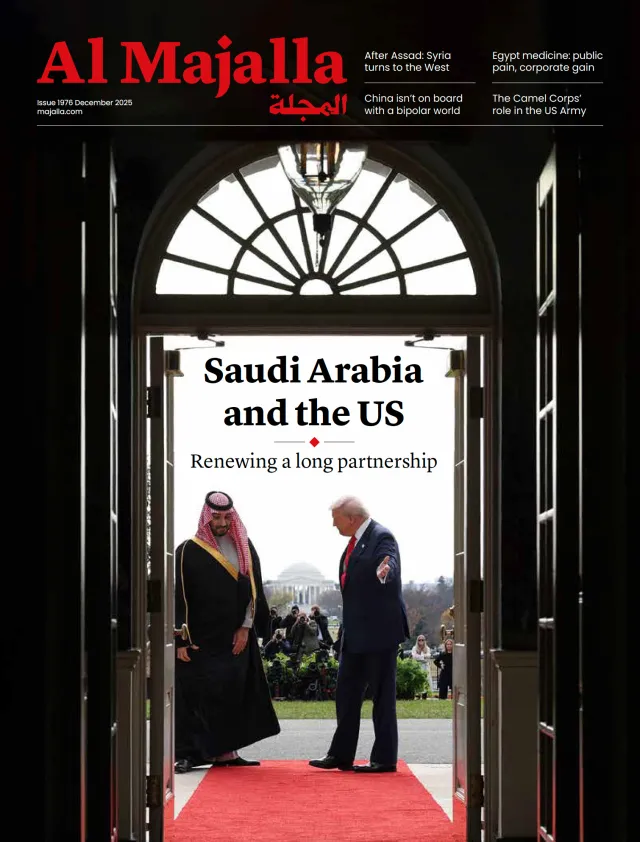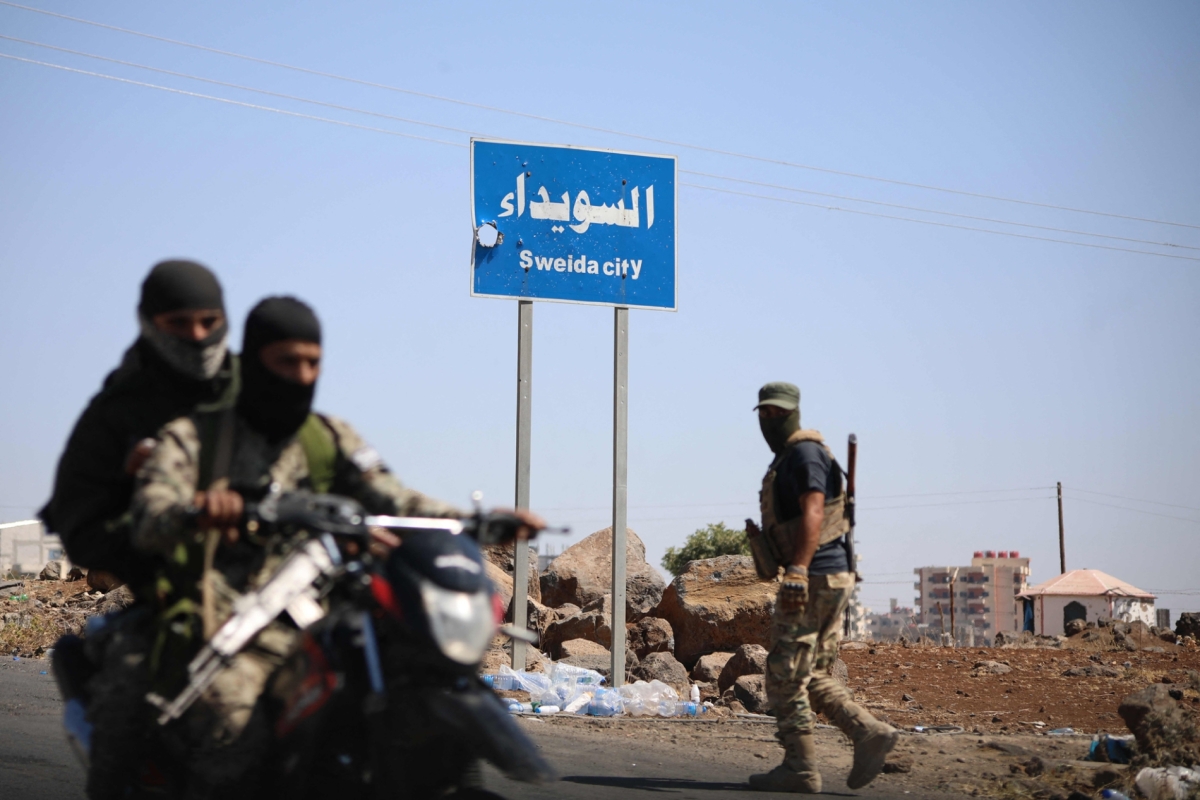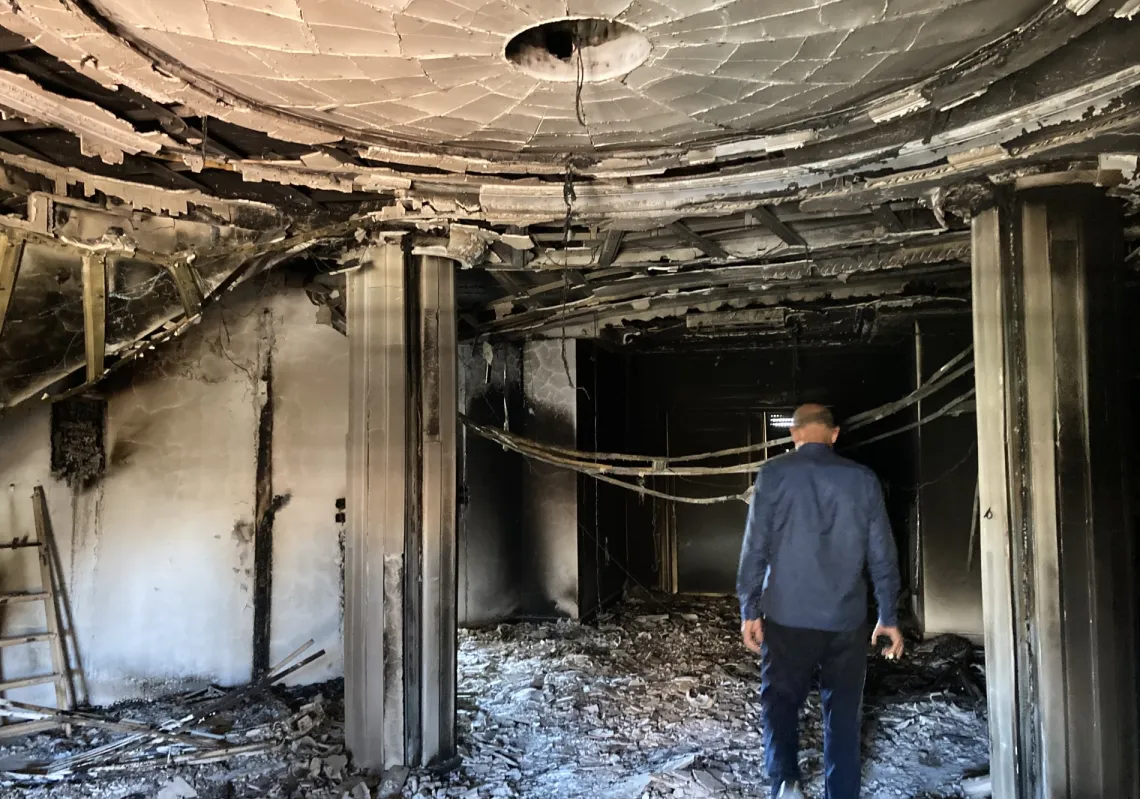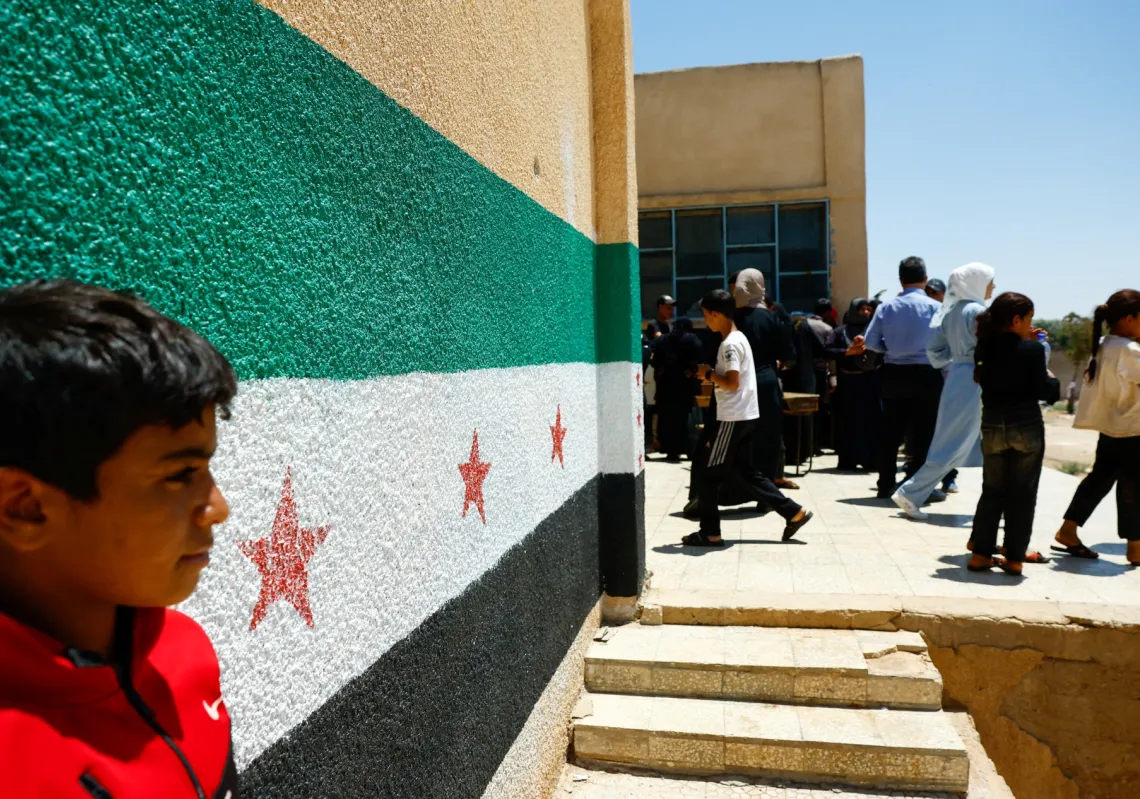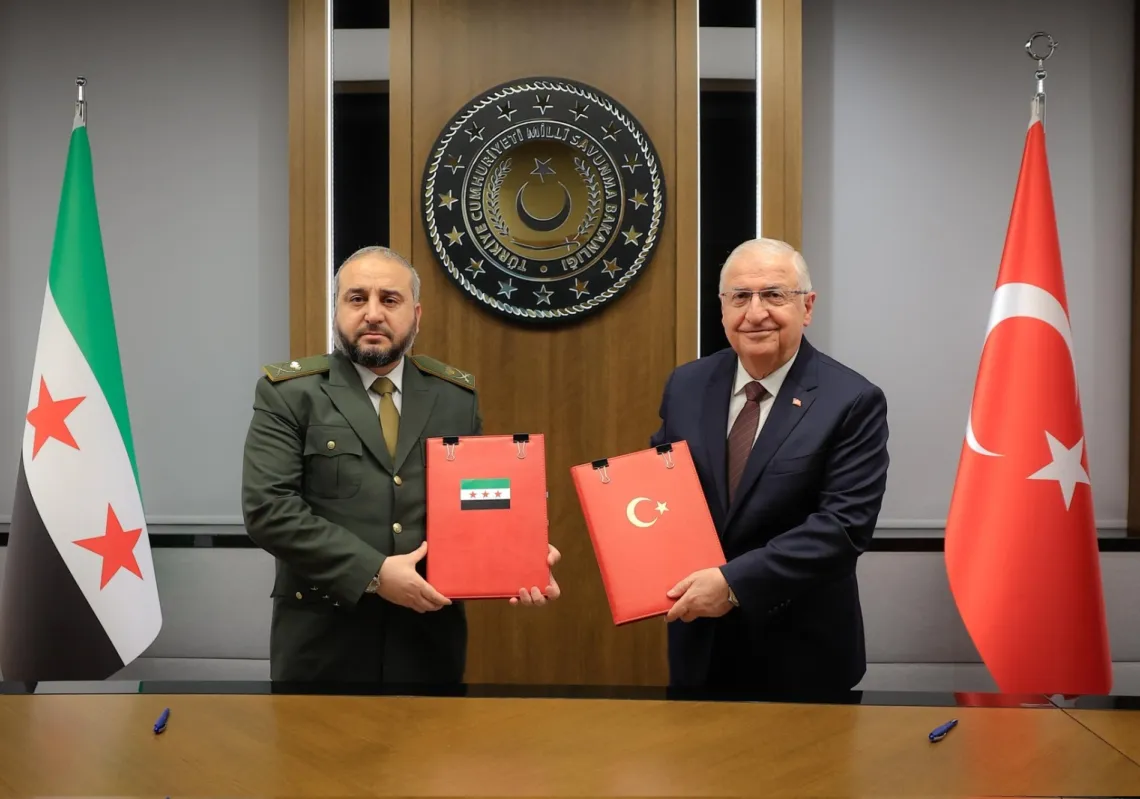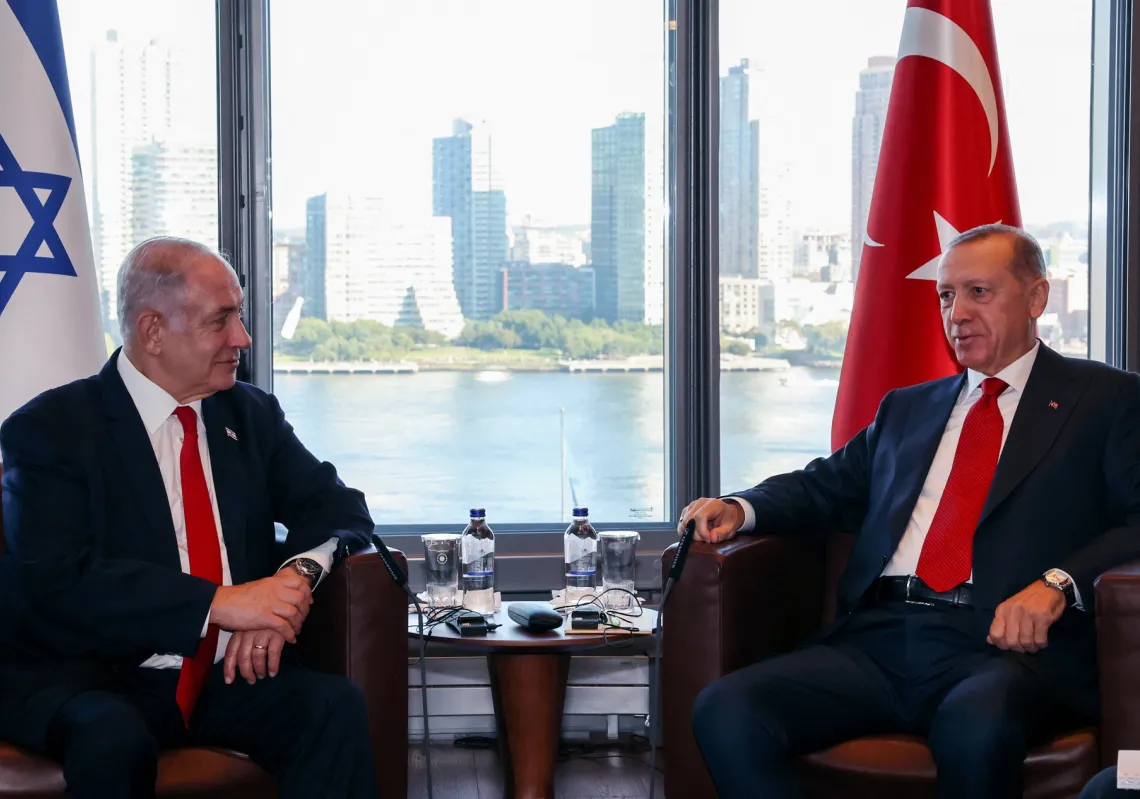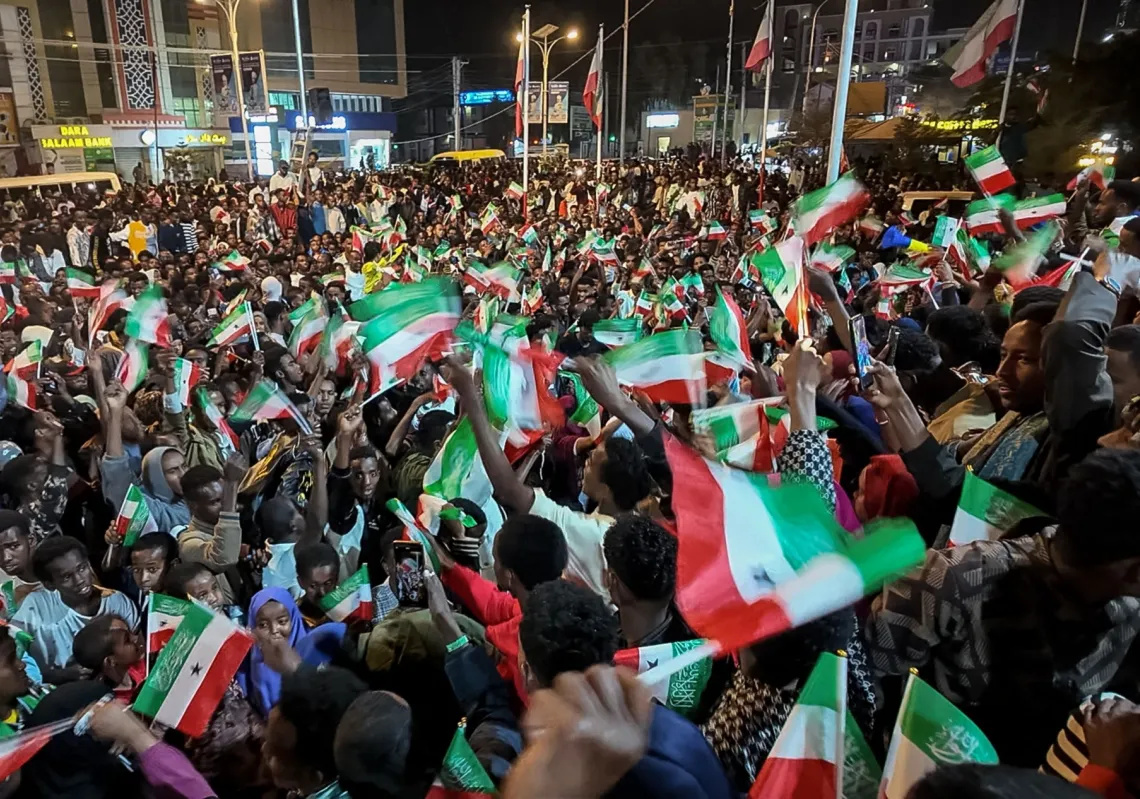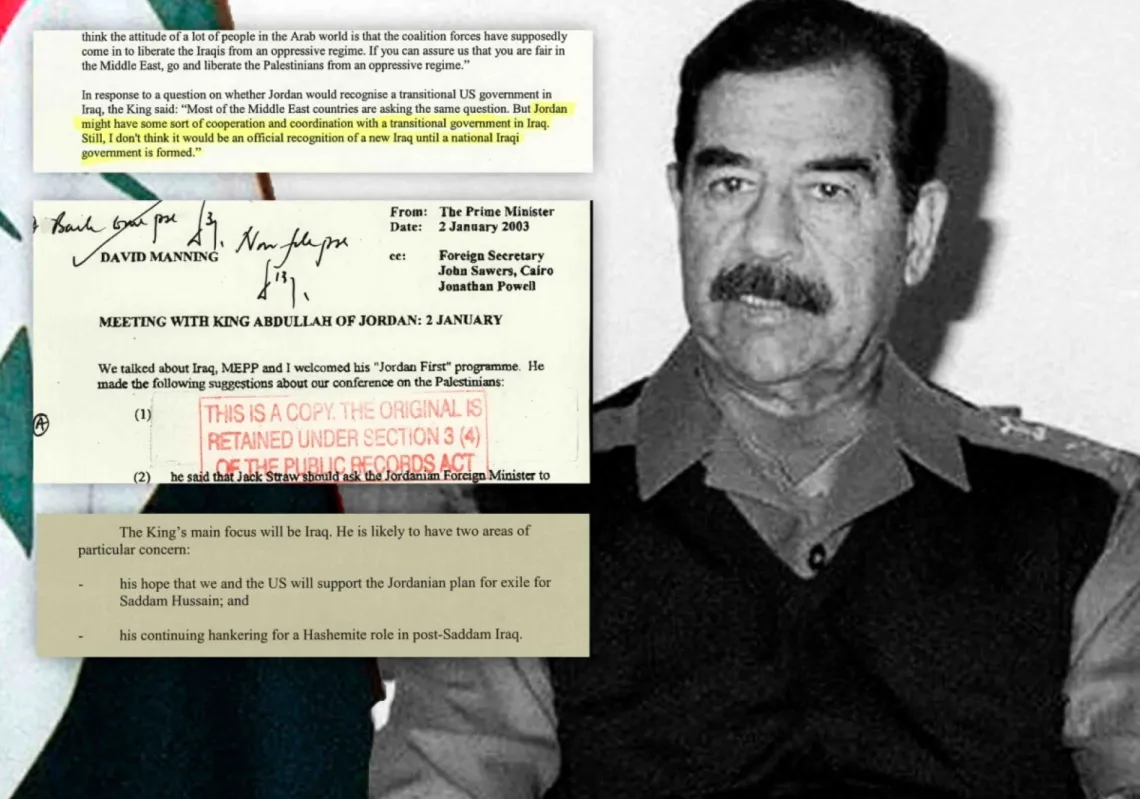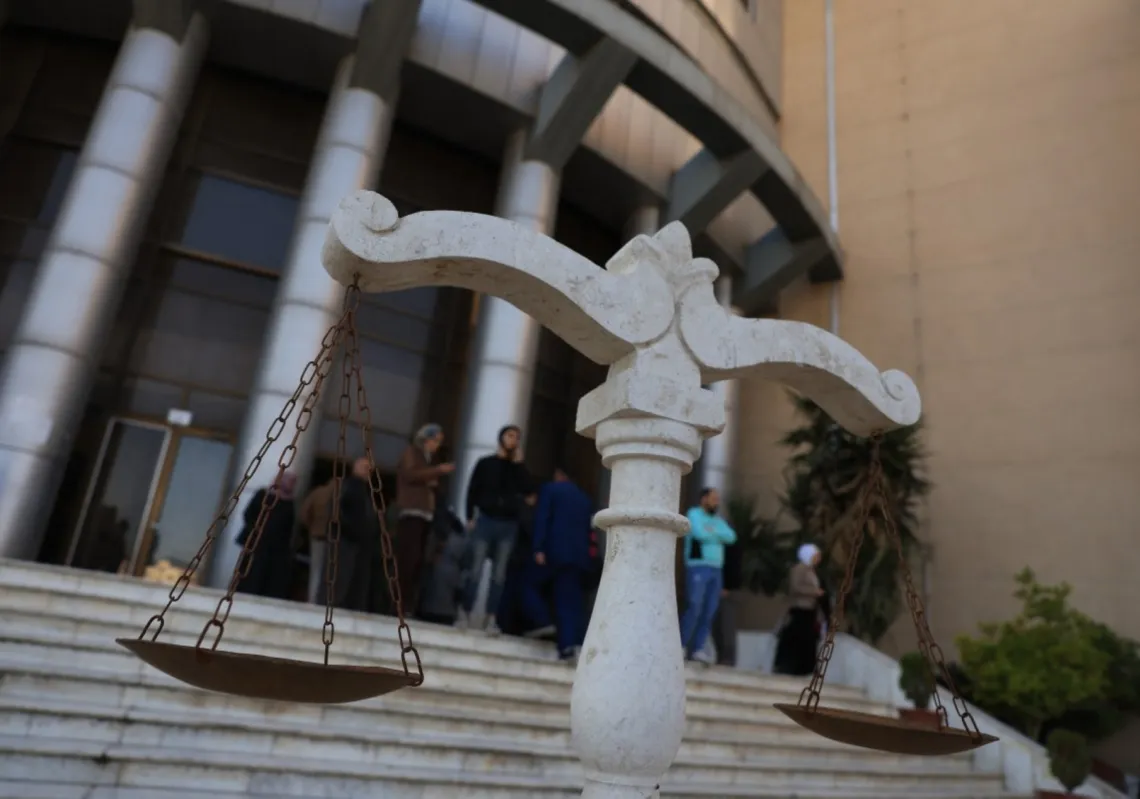The recent outbreak of violence in Syria’s southern Sweida province—the birthplace of Syria’s revolution and a Druze-majority region that has managed to maintain a degree of autonomy throughout the country’s civil war—has jolted foreign powers into action. Sectarian tensions between Druze militant groups, Bedouin tribes, and fighters associated with the new Syrian administration have exacerbated as Syria has further distanced itself from the Assad regime. As a result, the fight for stability in Sweida has become a test case for competing international strategies.
Over the past several months, Sweida has been gripped by successive waves of intense violence that have shaken its traditionally insulated political landscape. Initially sparked by disputes over local governance, economic hardship, and inter-communal disputes over the control of key trafficking routes, the violence quickly escalated into a series of pitched battles across rural districts.
Furthermore, Israel played a role in stoking tensions, empowering Druze leaders like Sheikh Hikmat al-Hijri and launching strikes against Syrian government forces in defence of Druze communities. Armed groups, some tied to cross-border smuggling networks, exploited the chaos, while clashes between Druze units and armed Bedouin tribes reignited long-standing grievances. The inability to prevent these flare-ups, both by local forces and by the new Syrian administration, underscored the fragility of Syria’s security landscape.
Forging stability and relative peace in Sweida will be an uphill battle. The province’s sectarian conflict is further complicated by a deeply entrenched criminal landscape in which illicit economies, trafficking groups, and cross-border smuggling networks are often interwoven with militias and powerful local families. This nexus fuels inter-communal competition and fosters a climate of kidnappings, targeted killings, and episodic violence.
This landscape is by no means new, with these dynamics present even during the regime era in Syria and the tenuous post-2018 security agreement in the region, brokered and executed by Russia and its military forces deployed to the area. During this period, Sweida’s underground economy became exacerbated, with the Assad regime’s security apparatus and partnered Hezbollah and Iran-backed militias co-opting local militias and communities for smuggling operations into Jordan, Lebanon, and Iraq. During this period, Sweida also played host to a string of small laboratories and warehouses for illicit drugs like captagon.
For Syria’s new administration, these disturbances carried almost existential stakes. Sweida has been regarded as a litmus test for post-regime governance—a region where inclusive local authority and relative pluralism could help chart a course for a more stable, decentralised Syria.
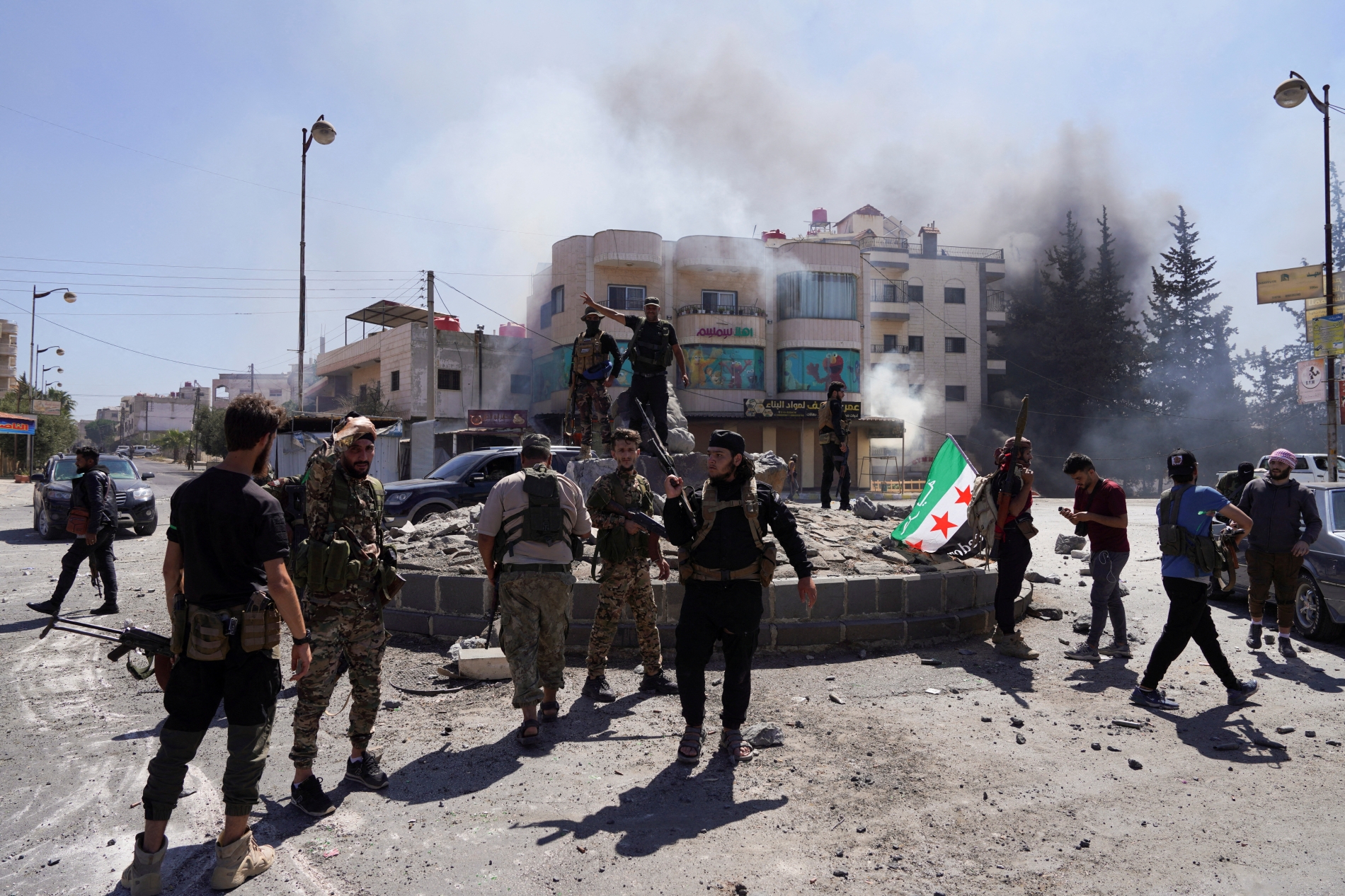
The sudden descent into violence threatened to undo years of careful balancing between sectarian factions, risked triggering wider unrest in southern Syria, and cast doubt on whether the new administration could protect vulnerable communities without outside military intervention. For many observers, the unrest served as a warning: if Sweida faltered, the prospects for a cohesive post-regime security framework across Syria could unravel.
Competing visions
In the wake of the unrest in Sweida, the United States, Jordan, and Syria’s new administration have coordinated on a joint action plan to halt further bloodshed in Sweida. The initiative centres on a localised ceasefire, targeted reconstruction, and support for independent, community-led stabilisation efforts. Washington and Amman see this as a way to fortify local governance, strengthen resilience, and reduce the region’s reliance on foreign military actors. For the Syrian administration, it is also a step toward consolidating internal stability without reopening the door to external domination of the south’s security.
Moscow’s approach, however, is taking a different shape. According to regional sources, Russia is weighing the redeployment of military police to Syria’s southern border—not only to keep the peace between the area’s diverse communities, but also to deter Israeli strikes. Reportedly, the new Syrian administration requested a revived Russian presence in the region. This would represent a near-identical return to the security framework Russia helped establish after 2018—a period when it acted as both broker and enforcer of a fragile balance between the Assad regime, the Druze leadership, and Israel.
That 2018 arrangement was a delicate construct. Following the regime’s recapture of Daraa and surrounding areas, Russia negotiated with Druze community leaders in Sweida to allow a nominal regime presence—mostly symbolic—while granting local forces, religious leaders, and militias a measure of self-defence autonomy.
In parallel, Moscow reached a deconfliction understanding with Israel to prevent cross-border clashes, which involved tacit limitations on Iranian and Hezbollah deployments near the Golan Heights. The Russian military police, stationed in key towns and along the Jordanian and Israeli borders, acted as both a guarantor of the Assad regime’s commitments and a physical barrier against escalation.
While the arrangement was far from perfect—freezing, rather than solving, the underlying disputes and sectarian tensions—it did maintain a measure of stability. For Moscow, it showcased Russia’s ability to mediate between bitter rivals and position itself as the ultimate arbiter of southern Syria’s fate. The current proposals to redeploy Russian troops suggest a desire to reassert that role, in addition to its lost influence amongst the highest echelons of power in Syria.
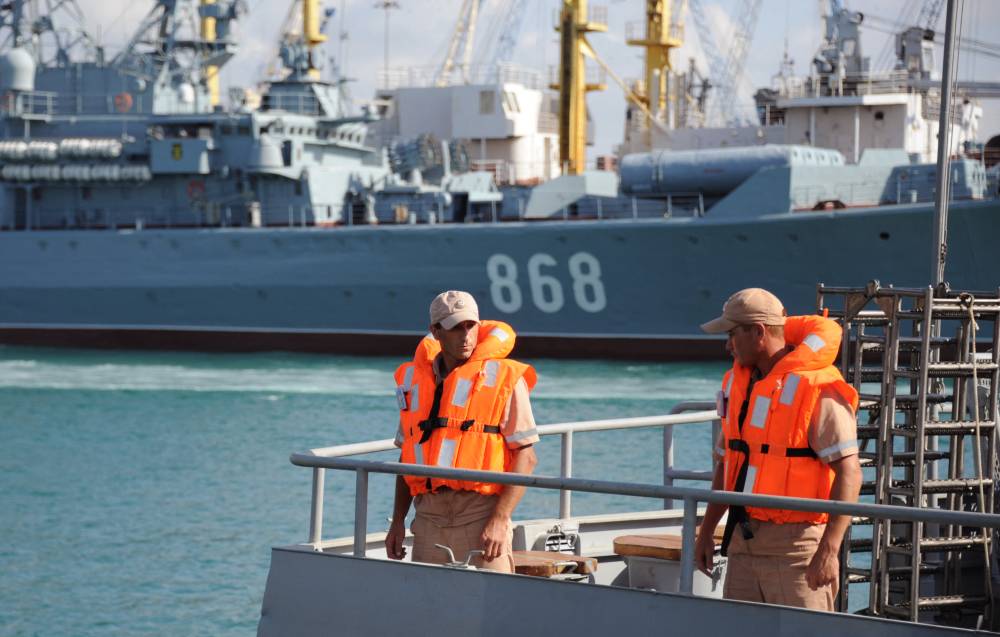
With toppled Syrian President Bashar al-Assad now gone, Russia risks access to warm water ports in the Mediterranean along Syria’s coast, as well as a regional post to contest local American forces deployed in Syria, Iraq, Turkïye, and broadly the Mediterranean and the Gulf.
In theory, Russia’s return could again provide a relative umbrella of stability, limiting both sectarian flare-ups and cross-border escalation with Israel. But for the Syrian administration, this would come at the cost of undermining the locally driven, internationally supported stabilisation model now being pursued with US and Jordanian backing.
But for Washington and Amman, a renewed Russian military footprint risks rolling back the very gains their joint plan seeks to achieve—rebuilding the south’s resilience and self-sufficiency without dependence on outside security actors.
It is also important to remember that Russia’s execution of Syria’s post-2018 security arrangement saw a sharp rise in inter and intra-community competition and violence as the Assad regime’s Fourth Armoured Division sought to establish cross-border smuggling posts for its illicit captagon trade. Even when smuggling operations became kinetic and initiated violent clashes with neighbouring countries like Jordan—seriously ‘rocking the boat’ of regional stability—Russian forces did little to stave the rise in insecurity.
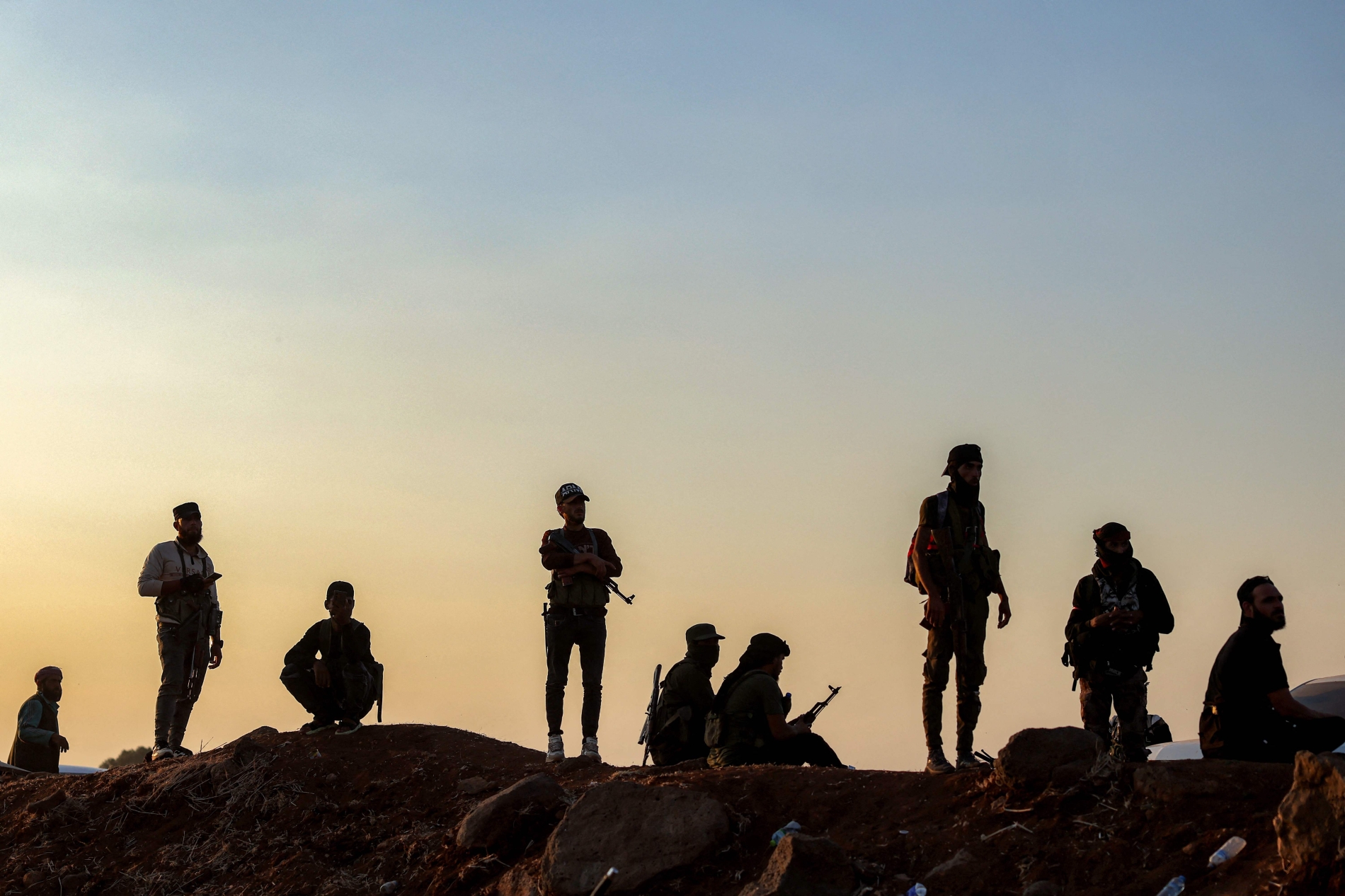
Reportedly, Jordanian authorities requested an increase in Russian presence and military police patrols along Syria’s borders with Jordan to stave off trafficking operations, yet saw little results as Russia was preoccupied with its war in Ukraine.
If the ultimate goal is to build lasting stability and prevent future conflicts, the mere presence of Russian forces is unlikely to deliver the long-term outcomes sought by the new administration and its partners.
The timing of Moscow’s manoeuvring is particularly awkward for Washington. It comes as the US is quietly moving toward a significant reduction—if not eventual withdrawal—of its forces from Syria’s northeast. Already, US officials like Tom Barrack have announced the withdrawal of hundreds of American personnel in northeast Syria and the intent to reduce presence to one base later this year.
In neighbouring Iraq, the US has consolidated its presence from Baghdad to Erbil, transferring equipment and bases to local Iraqi forces with the intention of conducting a formal withdrawal before the end of 2026.

